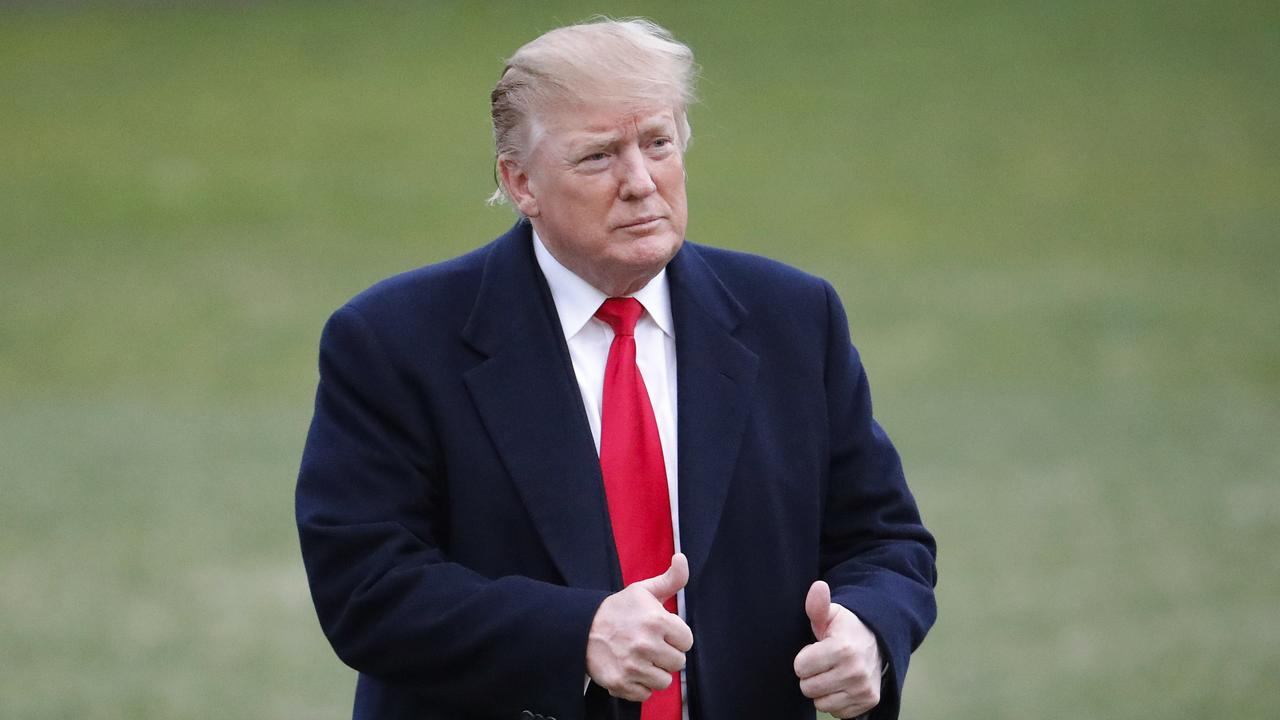Terror threat best met by states working as one
Malcolm Turnbull was right to seek greater consistency and co-operation in the fight against terror at this week’s Council of Australian Governments meeting. The proposed changes to laws involving pre-charge detention, facial recognition, terror hoaxes and possession of terrorist instructional material are necessary and sensible additions to our anti-terror armoury.
But there is no place for set and forget policies in the fight against terrorism. As the nature of the terror threat evolves and reaches closer to home, these changes are unlikely to be the last. The changes have already attracted the predictable critics who point out their adverse effect on our privacy and civil liberties. Not for them the thought that the changes are necessary and widely accepted by the public as a means of keeping us safe from an expanding, dynamic and adaptable terror threat.
Given appropriate oversight mechanisms and in-built sunset clauses, we can be confident that the balance between our safety and liberties will be protected.
While Australians are united in the fight against domestic terror, our fight is complicated by the federated nature of our Constitution. Our defence will be strongest if the states freely co-operate and work together.
This level of co-operation between the states and the federal government does not come naturally but the dire nature of the terror threat is a powerful incentive.
Our laws and regulations must keep pace with the threat; so, too, must our domestic security arrangements. This work is complicated by multiple state and federal agencies, often with overlapping responsibilities for intelligence, policing, protection, prevention and in responding to any terror attack.
Integrating the work of these agencies will not be easy. Much of the integrating work will be enhanced by the introduction of the Department of Home Affairs. This is going ahead and the machinery of government arrangements to bring about the change are being developed. Bureaucratic and institutional feathers are surely being ruffled but the changes are necessary and need to be driven hard.
One area of real interest is how we respond to terror attacks. The states have primary responsibility for law and order, in their jurisdiction, but there is also a role for the Australian Federal Police and, in extremis, the Australian Defence Force.
The Prime Minister acknowledged the difficulty of co-ordinating any response in his July announcement that the present process for calling in the military to help police during a terrorist attack was cumbersome and needed to be streamlined.
This does not mean that the military are the solution to every terror attack. There aren’t enough of them, they are not in locations that allow them to respond quickly across the nation, they have essential duties overseas and the primacy of the civil power is an important principle to be jealously guarded.
The present tactics employed by terrorists are focused on spontaneous individual or small group rolling attacks at vulnerable points, where they seek to achieve maximum carnage. To meet this threat the police need to be ready and nearby with capable forces able to contain and eliminate the threat quickly and effectively.
State police are enhancing their capabilities with active shooter training and the provision of more capable weapons and equipment to the individual officers on patrol. While welcome, this won’t be enough. Beyond first responders, substantially increased and more specialised anti-terror forces will be required.
The larger states have developed some capable forces but as the Lindt cafe siege showed, limitations remain in budget, equipment, training and doctrine. The smaller states are likely to need assistance to reach acceptable standards. The recent provision of intensive counter-terrorism and tactical response force training to the Tasmanian police by the ADF is an example.
If the trends and indicators from overseas are to be taken as a guide, greater police capabilities are required. Even the ambulance officers in the recent London terror attacks were wearing body armour. Australia needs larger and more specialised counter-terror forces in each state jurisdiction.
Rather than see these forces developed on an ad hoc, state-centric model, COAG should be asked to consider the adoption of an agreed national capability, developmental and organisational path. Similar organised, trained and equipped forces would be able to operate together and reinforce each other easily in time of significant threat. Economies of scale could be achieved through common equipment purchases and agreed training procedures.
Some form of co-ordinating body will be required. This could be a function of the Department of Home Affairs in conjunction with the AFP and ADF. This function would be responsible for equipment commonality, shared training standards, the provision of specialised technical equipment and training, and eventually the accreditation of all anti-terror forces at an agreed level of competency.
A model such as this will cost considerably more than it does now and the states will no doubt expect extra federal funding. Resistance should be expected from the states, which are rightfully proud of what they have been able to achieve on their own. But the opportunity to develop substantially more capable anti-terror capabilities with national reach and common capabilities must not be overlooked. We are decisively engaged in this war on terror and need to act with determination to seize the opportunity to develop a world class, nationwide counter-terror response capability.
Peter Leahy is director of the National Security Institute at the University of Canberra. He was chief of army from 2002 to 2008.



To join the conversation, please log in. Don't have an account? Register
Join the conversation, you are commenting as Logout